The iconic North American butterfly is under threat – but it doesn’t have to be that way. Here’s how you can take action to help save it and its other insect cousins.
For many of us in Canada and the U.S., a sure sign of summer is monarch butterflies flitting through the air. Unfortunately, this scene is becoming less and less common. Monarchs have seen a major population decrease over the past few decades, so much so that in 2022, the migratory monarch subspecies, Danaus plexippus plexippus, was listed as an endangered species by the International Union for the Conservation of Nature (IUCN).
Migratory monarchs live an amazing life. In late summer, the last generation of butterflies makes a massive journey toward their hibernation grounds – which for populations east of the Rocky Mountains is in central Mexico. Months later, once they’ve made it through the winter, these eastern monarchs take to the air to fly the thousands of kilometres back again, as far north as southern Canada, feeding and breeding as they go. A few generations live through a northern summer, then when the first hints of autumn appear, the final generation of that year heads south again – to Mexican forests they’ve never seen before. And the cycle begins again.
Unfortunately, these butterflies have a lot to contend with. Climate change, deforestation, disease and pesticides are a few on the list. There’s also the simple fact of their fragmenting and slowly disappearing habitats, up and down the continent. Without proper habitat, they have a harder time finding nectar to feed on, or milkweed to lay eggs on. (Milkweed is the only plant monarch caterpillars can eat, making it an essential factor in their survival.) After all, how far could you fly on an empty stomach?
But despite the grim prognosis, there are still ways to support monarch butterflies, and many of them start right in your backyard. The best part? The things that help monarchs will help other species, too.
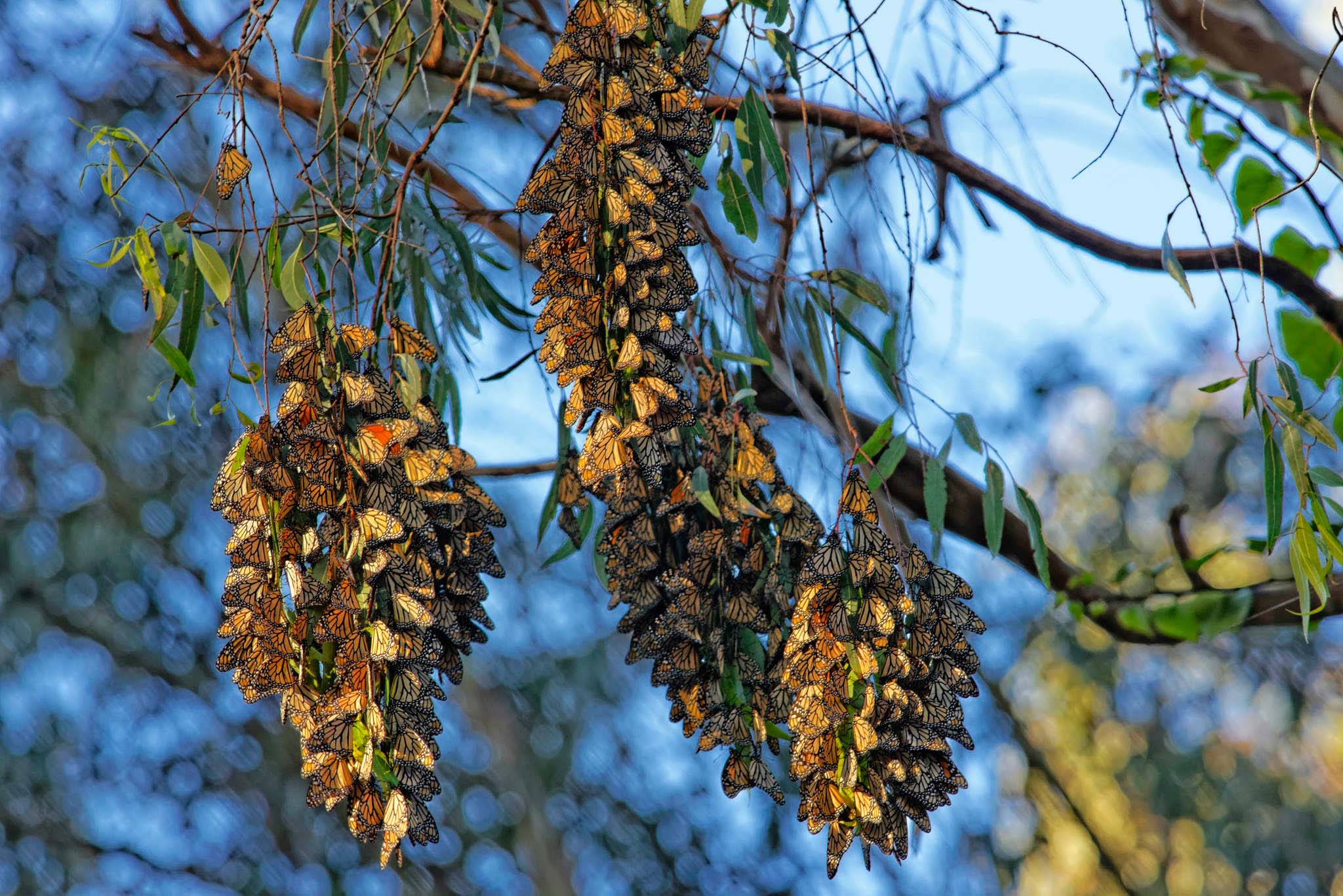
1. Grow monarch-friendly gardens
In gardens across North America, you’ll see vibrantly coloured non-native flowers like roses, tulips and pansies. They’re a pleasure for human eyes, but sadly, monarch butterflies (and other native pollinators) don’t have much use for them.
“A lot of us have a tendency to create gardens for us, not for our wildlife,” says Blanca Mora Alvarez, a lab assistant at Western University who studies monarch butterflies. These types of gardens provide little for insects to feed on, and the result is an overall decline in insect populations and a more limited diversity of insects. When insects dwindle, so do the birds and other wildlife that feed on them, and the plants that rely on them for pollination. It’s a vicious cycle.
Every lawn or landscaped garden is an opportunity to become a home and feeding ground for monarchs and other insects. By adding flowering native plants suitable for your region such as local varieties of goldenrod, asters and milkweed, you can protect not just monarchs, but all types of pollinators, like bees, flies and hummingbirds.
For a start, many conservation groups and municipalities have lists of regionally appropriate plants for pollinators – you can also find lists online at the Xerces Society. Just make sure that what you’re growing isn’t treated with pesticides or insecticides, and beware of “nativars,” cultivars of native plants that may not have the same beneficial effects for wildlife.
Tip: when shopping for milkweed, make sure you’re buying the exact species monarchs in your region need. Many garden centres sell a variety known as tropical milkweed that some scientists believe is not ideally suited to North American monarch populations. While research is still ongoing, it makes sense to be cautious and stick with species native to where you live. The organization Monarch Joint Venture has a helpful map listing vendors who sell native plants, including milkweed, that will help support pollinator populations.
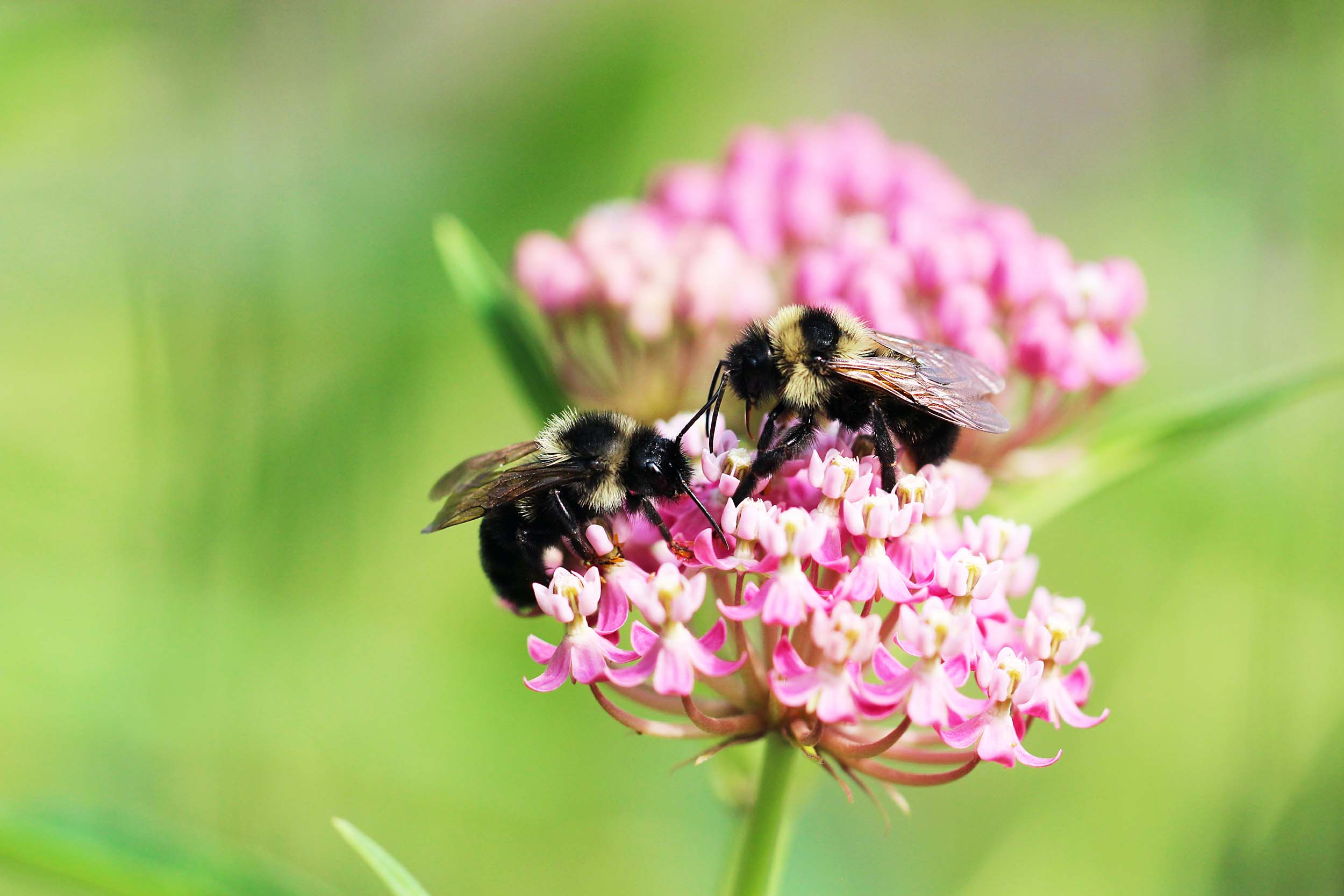
2. Help boost the supply of native seeds and plants
Yes, in some cases you can pop down to your local plant sale or garden centre and pick up some native milkweed and other seedlings. But garden beds are one thing, and the large-scale restoration we need to support monarchs is another. According to a 2023 report by the National Academies of Sciences, Engineering, and Medicine (NASEM), the U.S. doesn’t have enough seeds to restore landscapes that have been damaged by climate change–related extreme weather events.
In response to this issue, both Canada and the U.S. have launched national and regional seed strategies to restore native plants. Non-governmental work is underway too, like Project Wingspan, an initiative by Pollinator Partnership whose scope includes collecting native seeds to be used in habitat creation and expansion efforts.
There are a few ways you can get on board with this movement. One is simply to shop at nurseries and seed companies who are serious about increasing access to native seeds and plants. Your support helps them continue their work. You can also participate in seed-gathering and growing projects in your region, or grow native seeds on your own and share the plants with neighbours and friends. In Toronto, for example, Seed Sitters is a program that helps participants grow and share native plant seedlings. If you’d like to DIY, the North American Native Plant Society has tips on collecting and saving seeds.
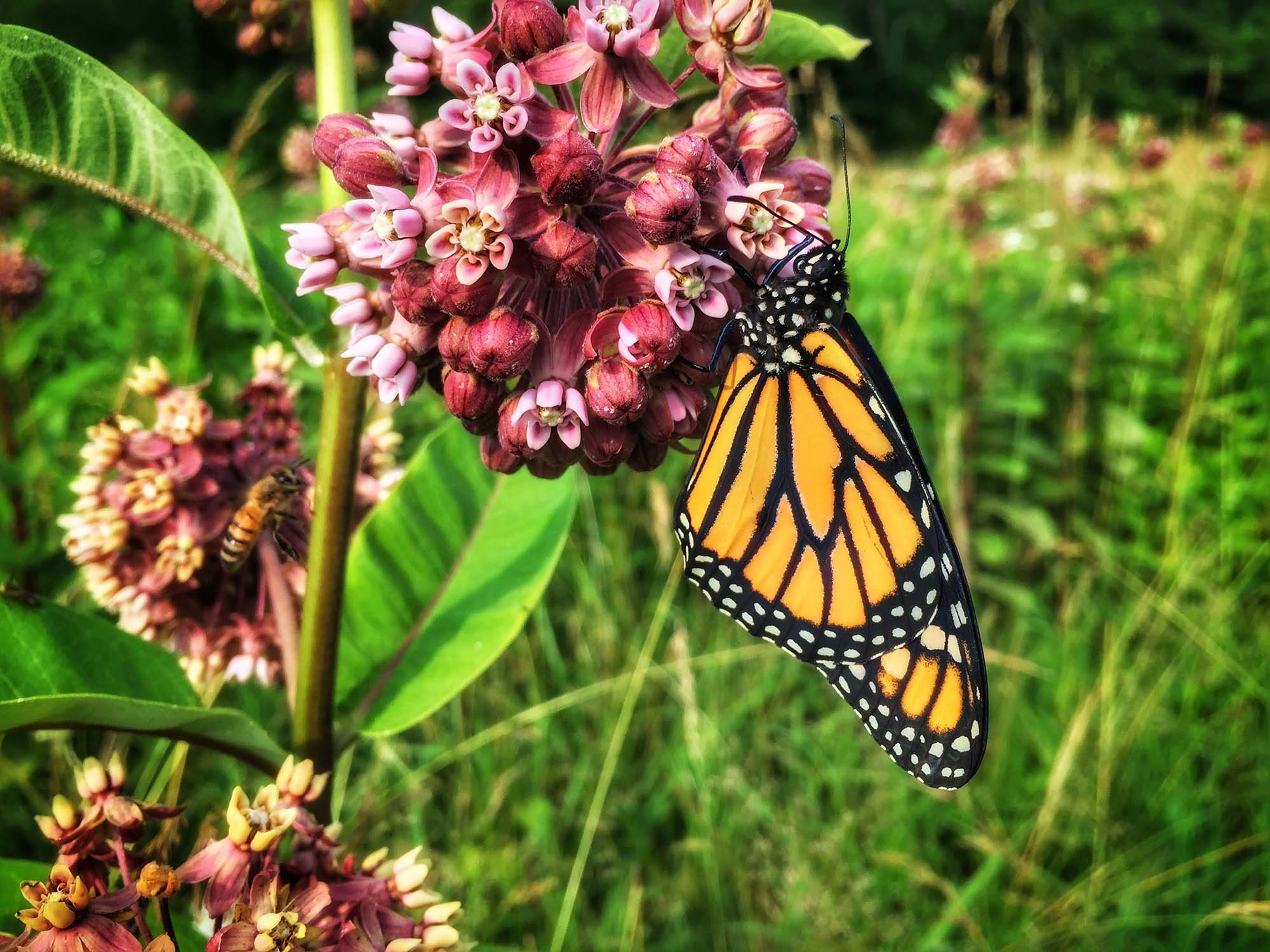
3. Join a pollinator project in your community
“All over the world, we are reducing habitat for all our wildlife,” says Alvarez. “And we are replacing the wildlife habitat with farm fields and housing developments.”
According to the National Wildlife Federation, 90 percent of native grasslands in the United States have been converted to cropland and development. What was once a landscape of endless sources of nectar is now more like Where’s Waldo for monarchs and other creatures seeking food and shelter.
No matter where in North America you live, there are opportunities to get involved. Organizations like the National Wildlife Federation, the Nature Conservancy of Canada and Monarch Joint Venture are working to create bigger, better and more connected habitat that will help monarchs and other insects thrive. In Mexico, scientists and conservationists are working to restore forests in the Monarch Butterfly Biosphere Reserve, many of which have disappeared due to illegal logging. And many communities have their own homegrown approach to creating pollinator gardens at schools, in parks and on roadside boulevards.
In Canada, one popular program is the David Suzuki Foundation’s Butterflyway Project. From inception in 2017 up to 2022, they’ve created 7,000 habitat gardens and 91 “butterflyways,” which they define as at least 12 habitat gardens close to each other.
Why not look for a pollinator gardening group where you live? Chances are, they could use your help.
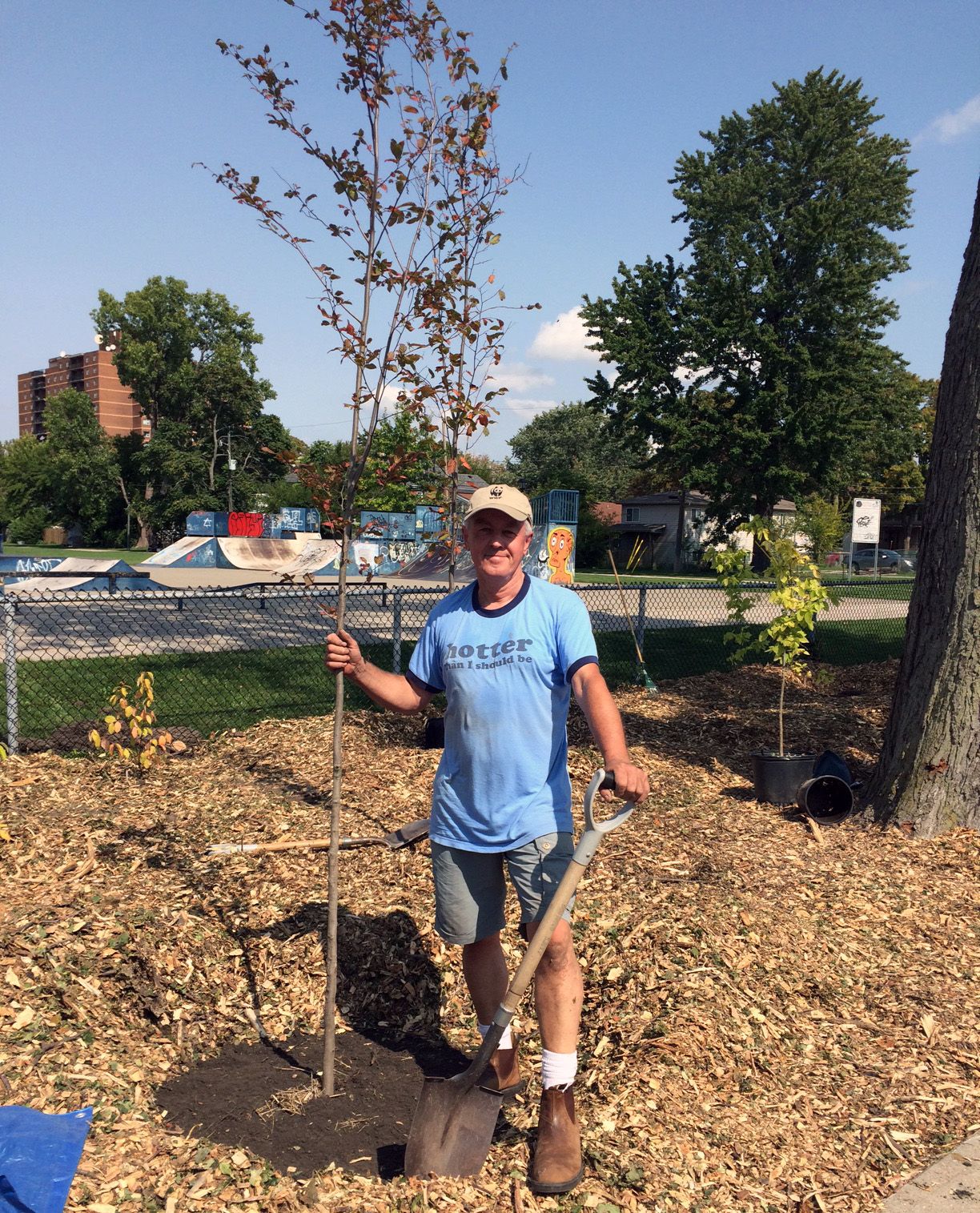
4. Become a monarch advocate
There are so many ways modern life can be hostile to monarch butterflies. In addition to mowing down their habitats and replacing native plants with grass and invasive ornamentals, we’re running them over with our cars during their fall migration. If that weren’t enough, the urban heat island effect makes our cities unfriendly for the thermally sensitive insects.
Monarchs can’t speak for themselves – they need us to advocate for them. Thankfully, there are many movements that you can get involved with that can make our cities and towns better places to live and visit not just for migrating monarchs, but for other creatures too – and that includes humans.
If you care about parking reform, you can also be part of a larger depaving movement that will help cool cities and free up more space for urban wildlife. Depave Paradise, for example, is a group that gathers local community members across southern Canada to rip up pavement in public areas – schoolyards, parking lots, and building fronts – in favour of naturalized gardens, play areas and storm runoff instead.
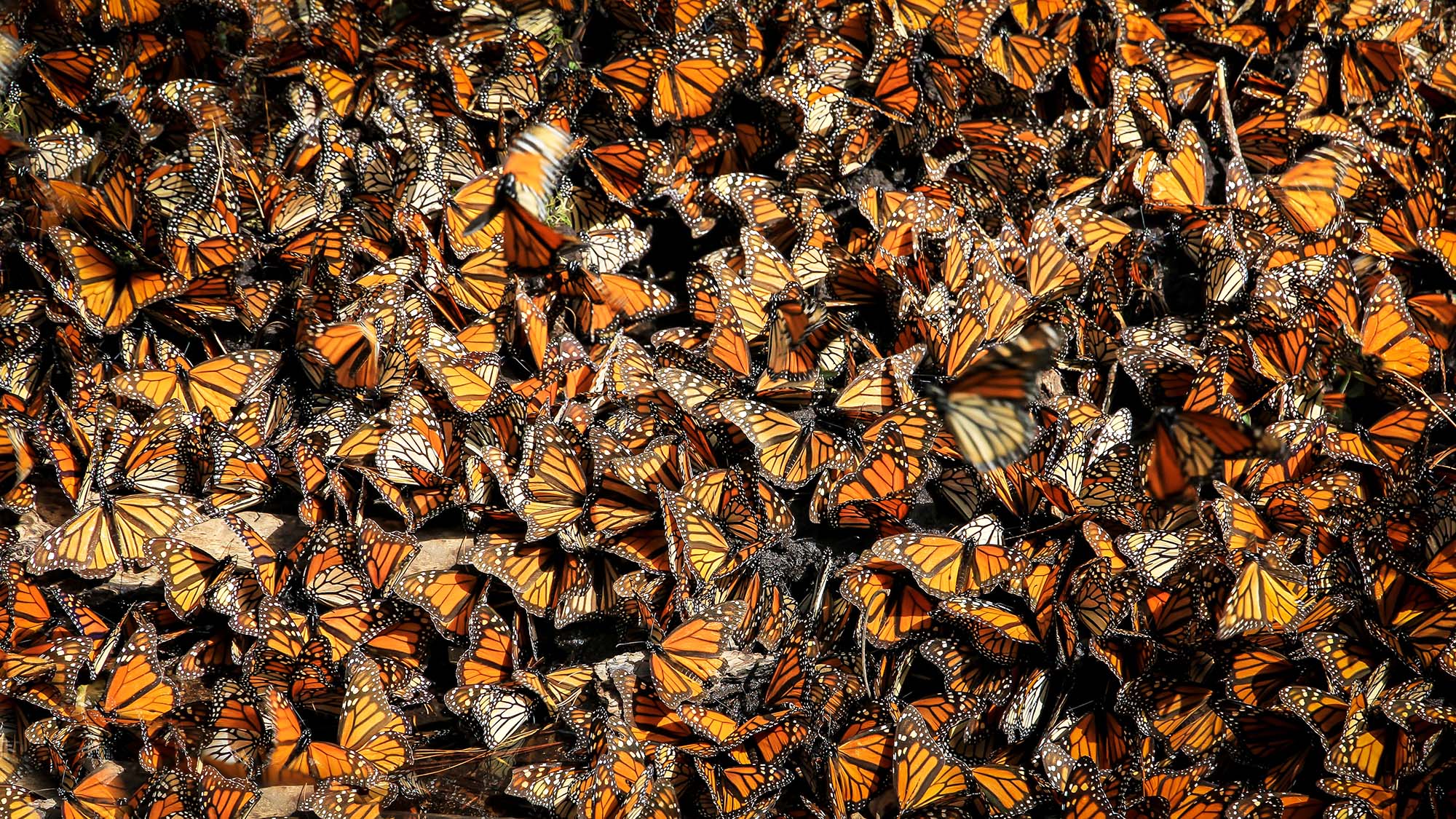
Think green lawns are huge water sinks? There are already groups actively changing municipal bylaws to allow for ecologically diverse naturalized yards.
Many cities already have biodiversity strategies and carbon reductions targets – they just need citizens to get involved and hold them to meeting these goals. Look for organizations where you live that are campaigning for more wildlife-friendly cities and find out how you can support them.
5. Report monarchs when you see them
The migratory patterns of monarchs change all the time, and so do the headlines. In 2022, for example, reports stated that the monarch population was up 35 percent over the previous year. However, estimates from early 2023 suggest that the number of monarch butterflies that made it to Mexico this winter has plummeted.
These yo-yoing numbers often mislead the public into thinking that the situation is better than it is, or more hopeless. Meanwhile, as landscapes shift and temperatures vary due to climate change, the monarchs’ migratory patterns change too, making it harder for researchers to predict exactly where they will be and when.
Many organizations have websites where citizen scientists can identify monarchs and report sightings to help researchers get a clearer picture of what’s happening with the species. Alvarez recommends iNaturalist (in Canada) and Journey North (in Canada and the U.S.) for general nature sightings including monarch butterflies. Canadians can also join MilkweedWatch for monarch-specific sightings, and if you’re anywhere in North America and spot a tagged monarch, report it to Monarch Watch. There are also region-specific monarch reporting campaigns where volunteers can get out into nature together to look for monarchs, like the Montreal Insectarium’s annual Monarch Monitoring Blitz, the butterfly counts hosted by the Toronto Entomologists’ Association and the Southwest Monarch Study in Arizona and nearby states.
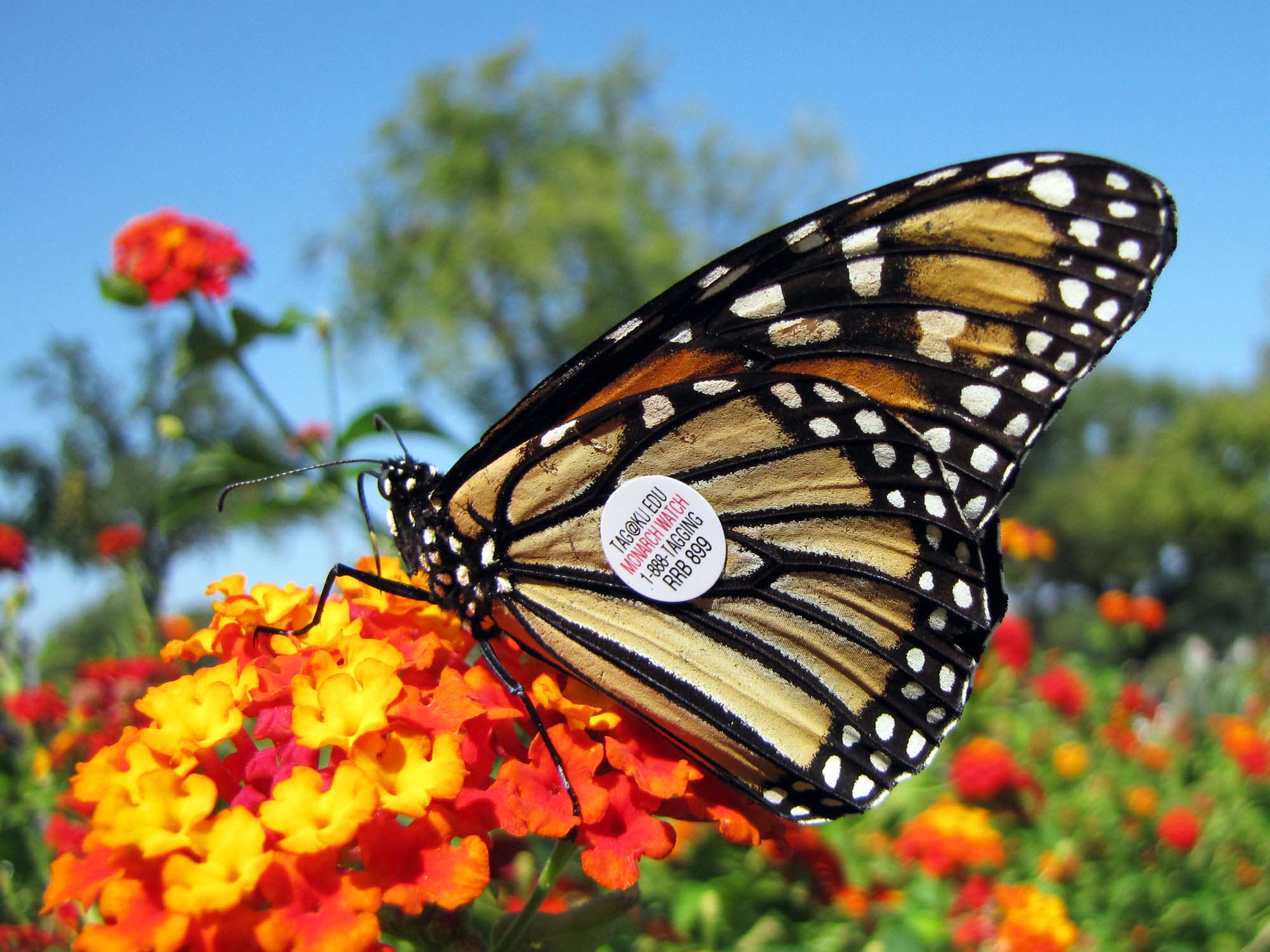
One key prerequisite? First, learn how to identify monarch caterpillars and butterflies. (Here’s a guide that can help.) “At the beginning, it can be very difficult to recognize the species,” says Alvarez. “Every time people see an orange butterfly, they think it’s a monarch – but most of the time it’s not.”
Helping monarchs helps us all
The global decline of monarch butterflies is just one symptom of the larger problem of overdevelopment and landscape degradation. The solutions that will save them are big steps in a longer journey toward restoring biodiversity and combating climate change. Bringing back native plants, grasslands and forests and spreading the joy of butterfly and insect watching are actions that help not only monarchs, but our cities and planet at large.
Now that’s what we call a butterfly effect.
Main photo: Joshua J. Cotten / Unsplash


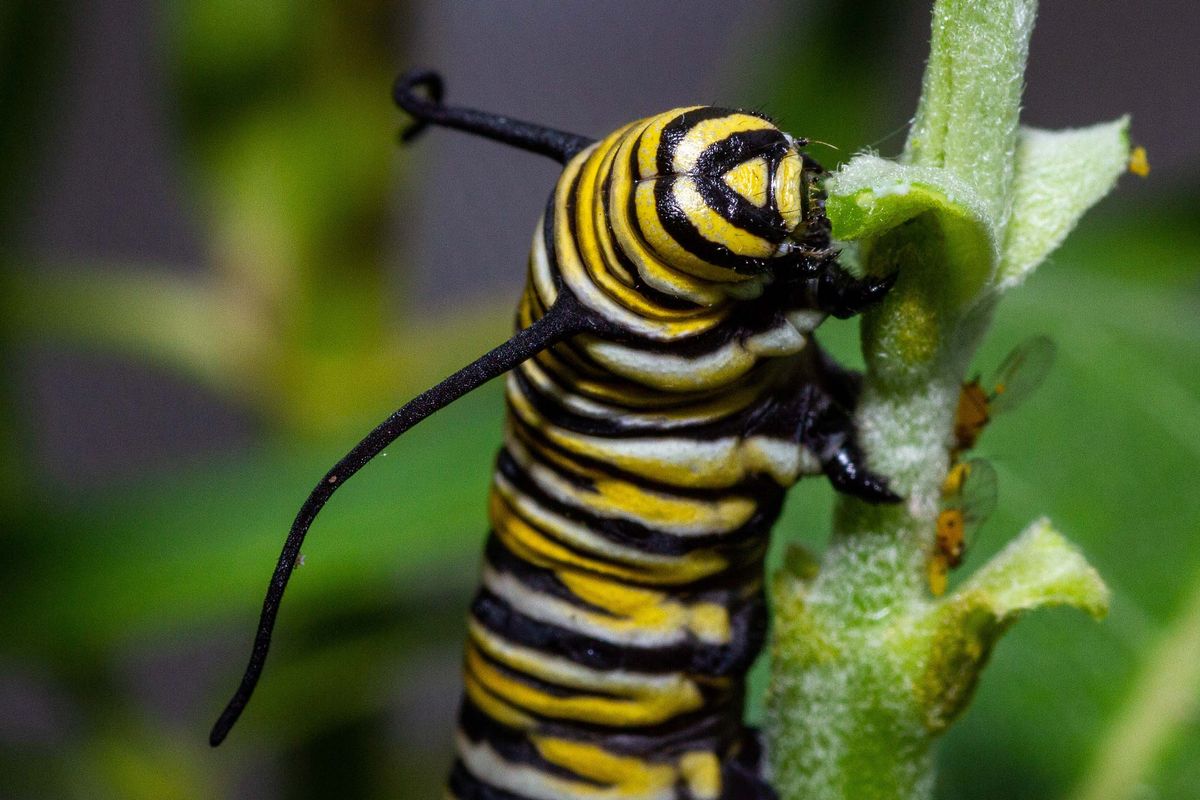


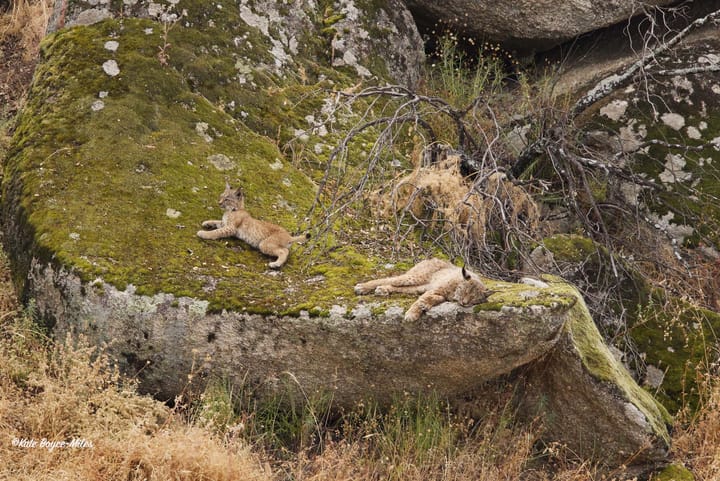
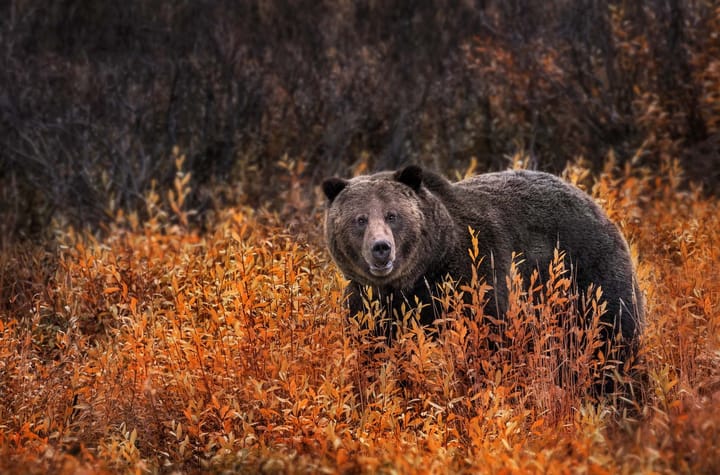


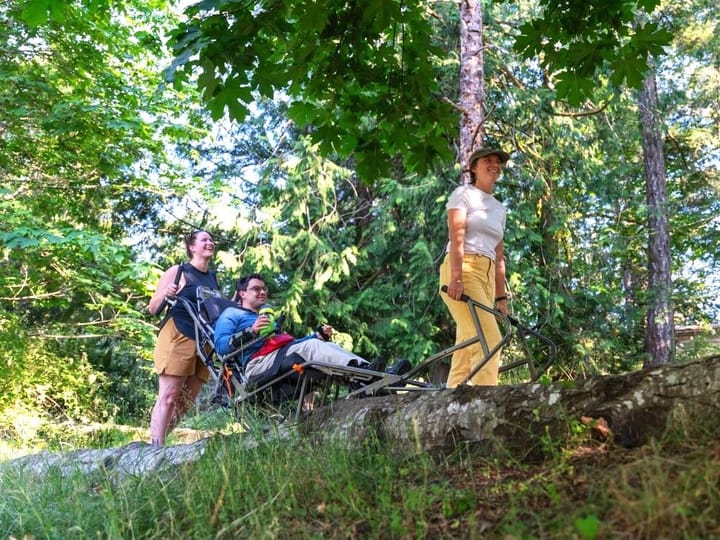

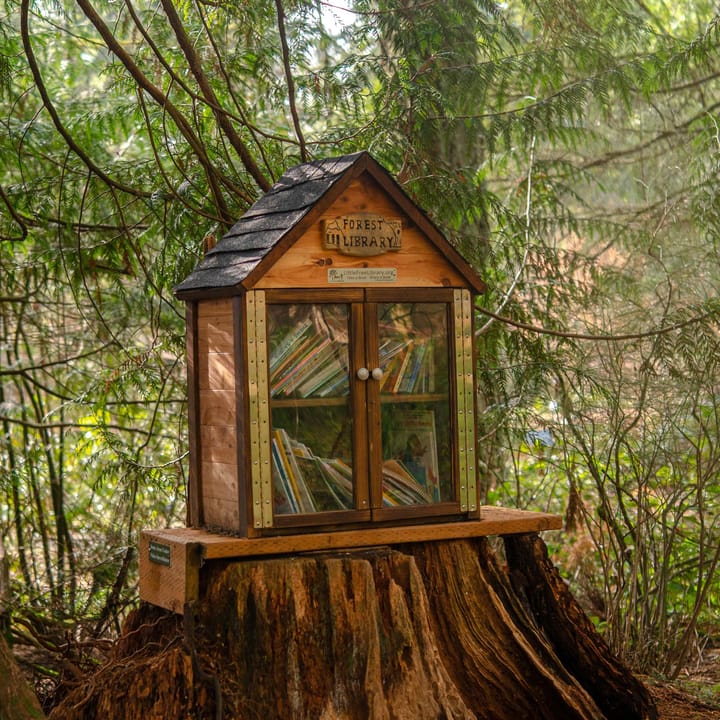
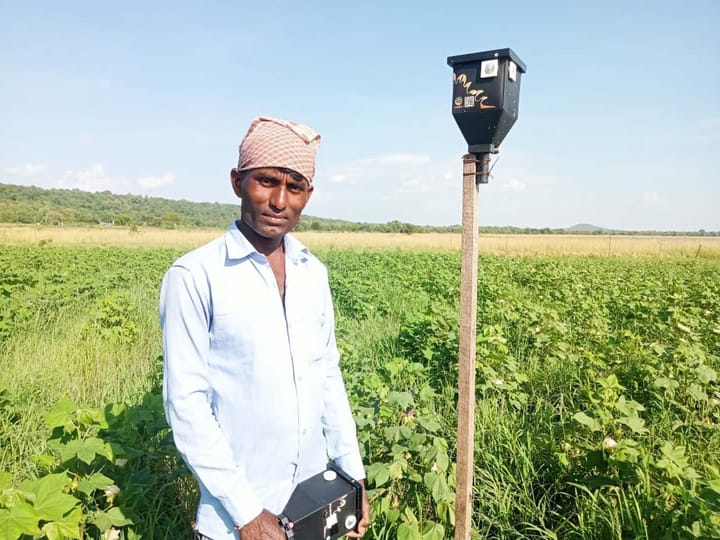
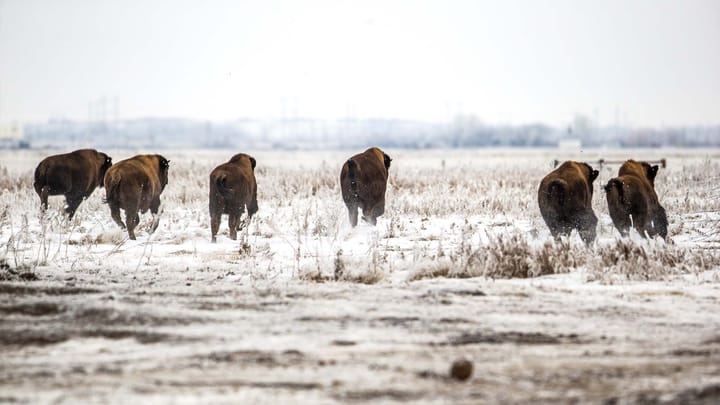
Comments ()